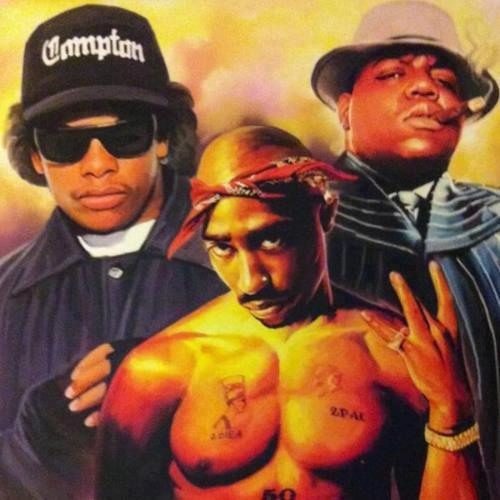

Here we will attempt the former, making an album that would chronologicallyįollow their debut album and replace Again with a more unified “band-sound” with Neil, rather than a stopgap collection to stand alongside both Buffalo This, there are two chief methods to organize the album: it could have eitherīeen a collection of the songs Buffalo Springfield were working on in 1967īefore Young quit, or it could have been a cash-cow album by the label using Many people have theorized and reconstructed what StampedeĬould have been, but due to the lack of any finalized tracklist-or even theĬonfirmation that the band believed they were making an album in the first While this picture itself became a classic-withĭavis posing as the missing Palmer, face obscured- Stampede never did, as the Pose for an album cover photo shoot for the Stampede album they were pressured

The label then booked Buffalo Springfield to

The move worked and the album shot up theĬharts, unlike its original configuration several months before. The success of the top ten hit by re-issuing the band’s self-titled debut album,ĭropping “Baby Don’t Scold Me” for “For What It’s Worth”. Meanwhile, Atlantic Records capitalized on In attempt to compile a follow-up single to “For What It’s Worth”. Well as more recording and mixing done to the January recording of “Mr. InĪpril, the band tracked “Bluebird” with session player Bobby West on bass, as Time until the turbulence subsided: Stills’ “Pretty Girl Why”, “No Sun Today” and “Everydays” and Young’s “Down To The Wire”. Label thought they were tracking Stampede, the bend felt they were just killing The band went in and out of several studios in February and This reconstruction is presented in mono andĪll songs are volume adjusted and sequenced for a cohesive whole. Than the assemblage of nearly-solo tracks as heard on the eventual Again. Stampede could have been, particularly focusing on full-band recordings rather This reconstruction attempts to recreate what Springfield Again was released at the end of the year. Palmer-the album never materialized and instead the fractured Buffalo Due to internal band conflict-namely egoīattles and the departure of vocalist/guitarist Neil Young and bassist Bruce The brainchild of more their label than the actualīand, Stampede was to be released in the summer of 1967 to capitalize onīuffalo Springfield’s hit “For What It’s Worth”. Reconstruction of the unreleased Buffalo Springfield album Stampede. Happy Fourth of July! What better way to celebrate the birthday of Murica with a bunch ofĮxpat Canadians who sang about the unfair treatment of peaceful protesters by the


 0 kommentar(er)
0 kommentar(er)
